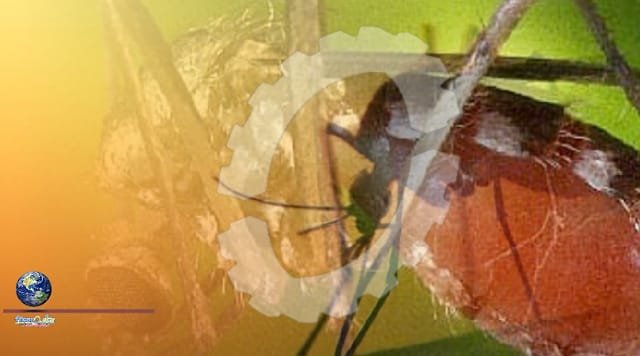Mosquito-borne diseases are infectious diseases that are spread by the bite of infected mosquitoes carrying the pathogens. They include Zika virus, West Nile virus, Chikungunya virus, dengue, and malaria. Mosquitoes are among the vectors that transmit more than one in seven infectious diseases, causing around 700,000 deaths a year.

The mosquito is named from the Spanish word meaning “small fly” and belongs to a group of around 3,600 species of small flies within the family Culicidae. All female mosquitoes have a tube-shaped sucking-piercing mouthpart (proboscis) through which they draw blood from the skin of the host in order to use the vitamins it contains for their egg production.
Mosquitoes typically feed on vertebrates but with species-specific preferences for humans or certain animals. They home in on their warm-blooded hosts via body odors, carbon dioxide, or the heat map of the individual, with different times of feeding, as well as varying resting places and habitats.
When drawing the blood meal, the mosquito’s saliva is injected into the skin since it prevents blood clotting and thus allows the mosquito to withdraw its proboscis once feeding is done. This is via anticoagulants and anti-inflammatory substances, which provoke the host immune system to release histamine and other signaling molecules. These are responsible for the itching and red raised wheals at the site of these bites.
In the workplace, employers are responsible for protecting their workers, but workers should also take precautions when working in places where they may be bitten by mosquitoes, depending on the time of day and the season.
Outdoor workers, travelers who go to areas prone to mosquito-borne diseases, and laboratory or healthcare workers exposed to potentially infected patients, samples, or insects should take care to avoid being bitten. Employer-initiated protections include avoiding stagnant water in open containers and other objects that collect water, clearing out ditches that carry water, and screening doors and windows or keeping them closed during the hours when mosquitoes are active.
The employees should also receive training to prevent bites, recognize mosquito-borne diseases, and use insect repellents safely. The use of long-sleeved shirts and long pants, along with an insect repellent, during outdoor work in mosquito-infested areas, is also recommended.
Aedes species, with their easily distinguishable black and white markings, cause chikungunya, dengue, lymphatic filariasis, Rift Valley fever, yellow fever, and Zika virus disease. These are active in the daytime, especially early in the morning and before dusk sets in. Aedes aegypti causes yellow fever, being a primarily urban human-loving mosquito vector. Aedes albopictus, or the Asian tiger mosquito, bites humans as well as animals and is found mostly outside. The first is far more important as a vector, compared to the second, because of its preference for heavily populated areas and for humans. The Aedes habitat is rapidly expanding beyond Africa and Southeast Asia, respectively, to other tropical and subtropical regions.
Anopheles species cause malaria and filariasis. These bite the whole day long, both indoors and outdoors, with the females feeding on both human and animal blood. Some species favor humans over other animals, and these are the greatest threat in terms of disease.
Culex species cause Japanese encephalitis, St. Louis encephalitis, filariasis, and West Nile fever and the bacterial disease tularemia, besides bird and horse viral infections. Also called house mosquitoes, these mosquitoes are found worldwide, in both tropical and temperate climates, but not in the extreme north. They are night-feeders, living both indoors and out.
Source: This news is originally published by medica
